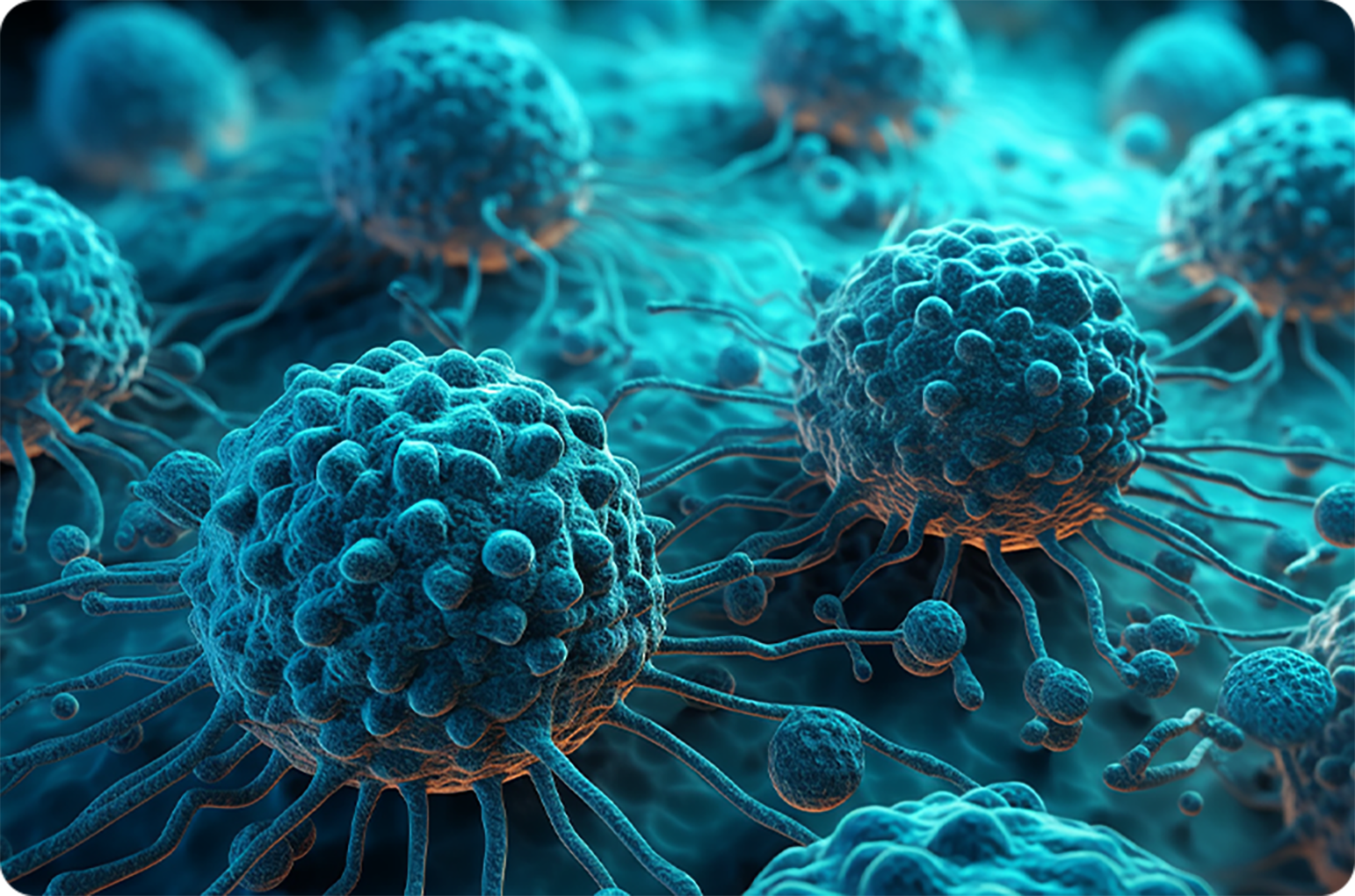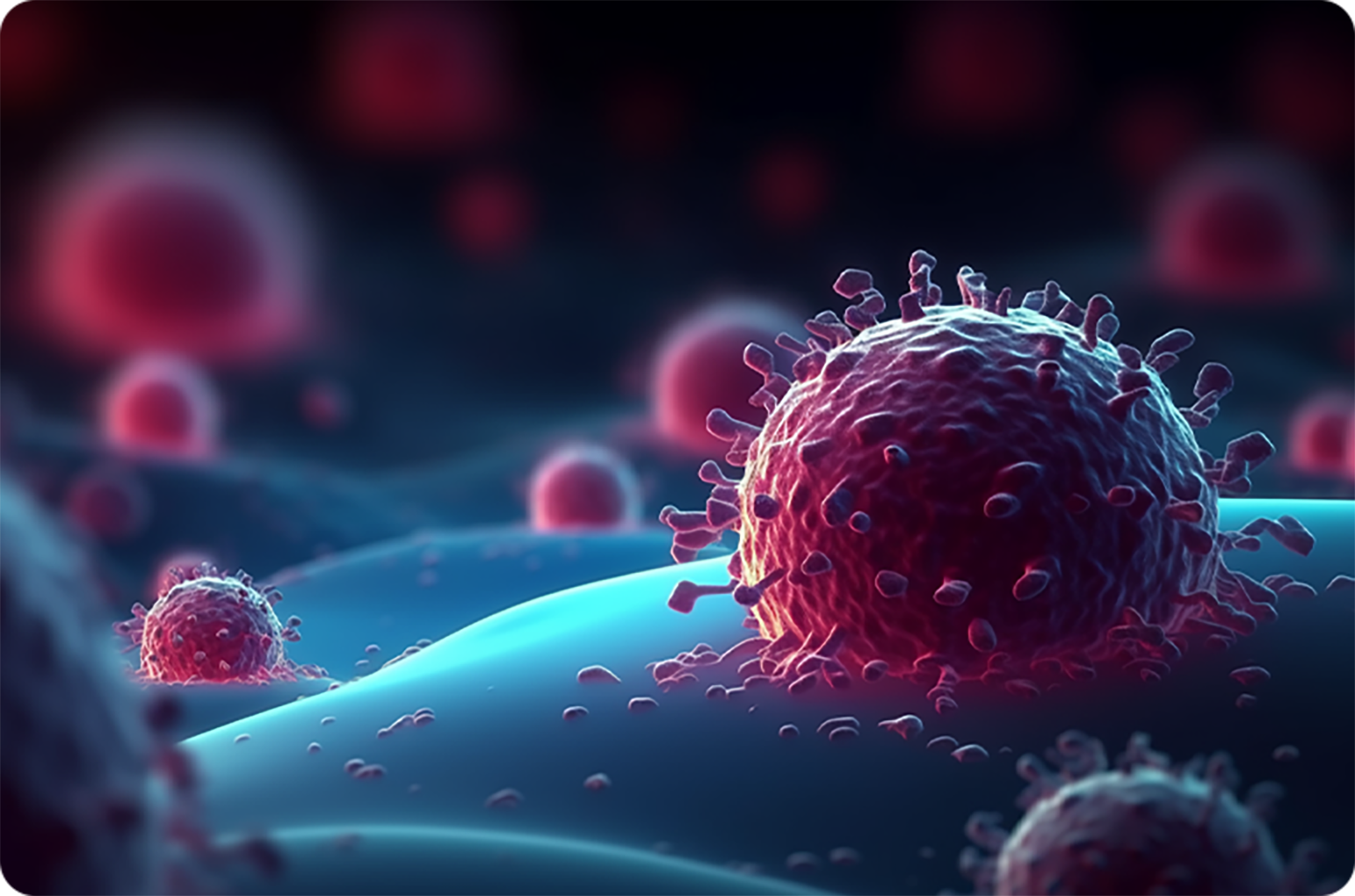What is TGCT?
Tenosynovial giant cell tumor (TGCT)
Tenosynovial giant cell tumor (TGCT), also known as pigmented villonodular synovitis (PVNS) and giant cell tumor of the tendon sheath (GCT-TS), is a rare, locally aggressive tumor involving the synovium of joints, tendon sheaths or bursae [1]. The World Health Organization (WHO) reclassified TGCT into diffuse and localized types in 2013.
Localized/Nodular TGCT accounts for about 80% - 90% of all cases, and includes nodular tenosynovitis and GCT-TS. Diffuse TGCT accounts for only 10% - 20% of all cases, and includes diffuse-type giant cell tumor and PVNS [2]. It can occur at all ages, and predominantly affects patients between the ages of 20 and 50 years [1].


What make tumor form?
The growth of TGCT tumors may be associated with a small number of cells in the joint which can produce a protein called colony-stimulating factor 1 (CSF-1). These cells may attract a large number of other cells, especially macrophages expressing colony-stimulating factor 1 receptor, which causing the formation of tumors [4].


How many patients are there globally?
TGCT is a rare disease, and the exact number of TGCT patients diagnosed each year are not yet known. A study estimated that 43 cases of TGCT per every million people are diagnosed each year in the world [5].
TGCT requires the individualized treatment strategies formulated in consultation with multidisciplinary tumor boards and patients [1, 6]. Orthopedic oncologists, medical oncologists, and orthopedic surgeons may be involved in the treatment. The following are several treatment options, and you should consult your doctor for the special treatment of your disease:




